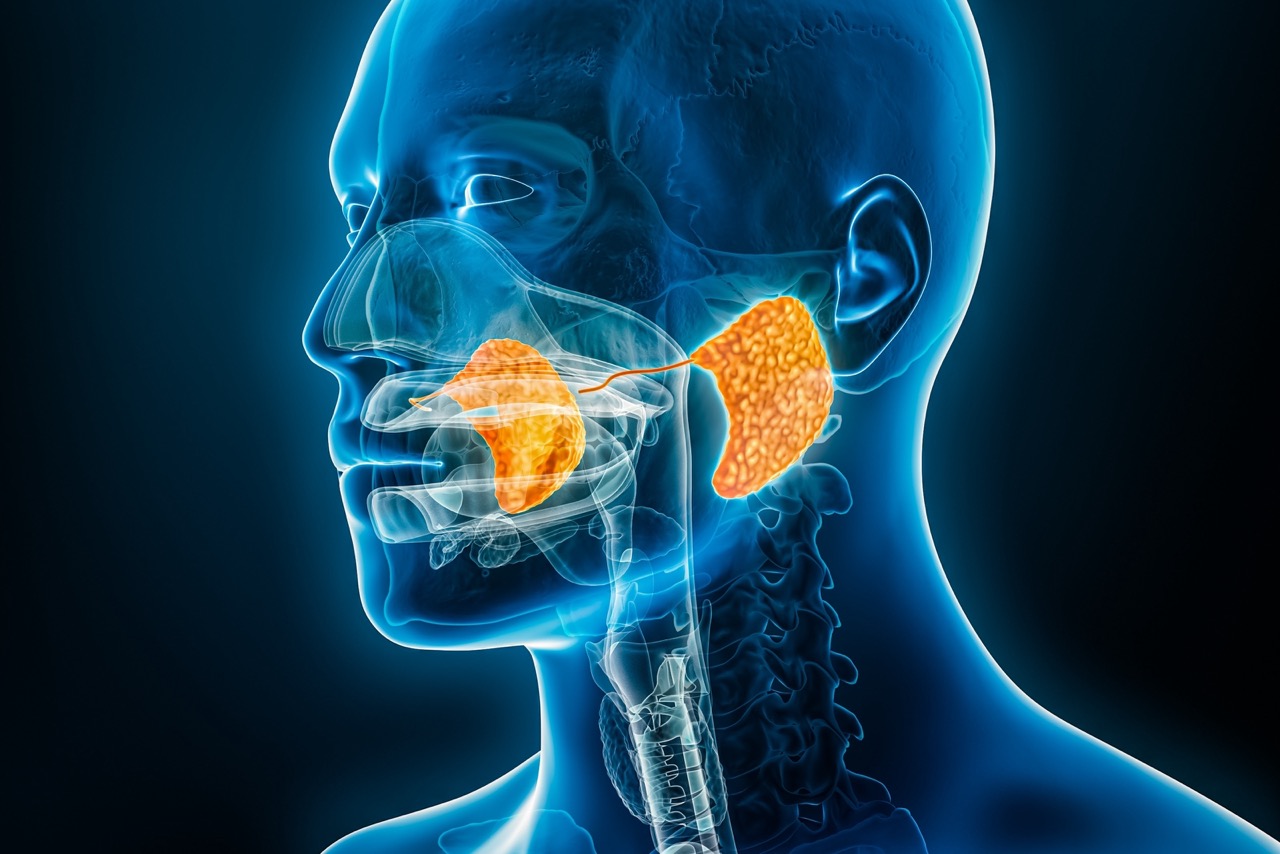Information Library
Start Reading
Saliva supports our mouths’ and our whole bodies’ health in several ways. The glands producing it are “unsung heroes” of oral and overall health.
Dr. Chizobam Idahosa, Clinical Associate Professor of Oral Medicine at the University of Pennsylvania School of Dental Medicine, shared in an interview her extensive knowledge of the salivary glands’ function and the conditions that can affect it.
 Saliva helps break down food particles, neutralize acids in the mouth, and prevent the growth of harmful bacteria. All this activity helps prevent erosion of tooth enamel, keeping us from developing cavities.
Saliva helps break down food particles, neutralize acids in the mouth, and prevent the growth of harmful bacteria. All this activity helps prevent erosion of tooth enamel, keeping us from developing cavities.
Dr. Idahosa explains saliva’s other functions. “It makes the mouth lubricated so we can speak and eat,” she says. “It has antibacterial properties so we don’t get oral infections. It’s important in digestion because it has enzymes that help initiate the breakdown of carbohydrates into smaller sugars the body can digest.”
Without saliva, we’d be at a higher risk for tooth decay, gum disease, bad breath, and difficulties with tasting, eating, and speaking. Our overall health would be impacted because saliva helps protect the body against infections and diseases by washing away bacteria and viruses.
The mouth contains three main pairs of salivary glands:

Dry mouth, or xerostomia, occurs when the salivary glands’ function is insufficient.
This condition affects about 22% of the world’s population. Dry mouth is more prevalent among older people, affecting about 30% of the population aged 65 and older.
Dr. Idahosa notes a variety of factors cause dry mouth. “It could just be because somebody is dehydrated,” she says, “or something as simple as mouth breathing.” Several medicines used to treat allergies, depression, and cancer can also cause dry mouth, as can radiation therapy.
Dr. Idahosa advises people suffering from dry mouth should “have a bottle of water with you all the time so you can sip frequently to keep your mouth from drying out.” She offers these further tips:
“If the dry mouth is persistent and consistent and doesn’t respond to home care,” she cautions, “it probably warrants evaluation.”
Sjögren’s syndrome is a chronic autoimmune disorder in which the body’s immune system mistakenly attacks its moisture-producing glands. It leads to not only dry mouth but also dry eyes, as well as fatigue and joint pain. It can affect other body parts such as the skin, lungs, and kidneys.
While no cure for Sjögren’s syndrome currently exists, treatments are available to help manage symptoms and improve the quality of life for those affected by it.
Sialadenitis is a salivary gland infection caused by bacteria, viruses, or other pathogens entering the glands through ducts in the mouth.
Symptoms can include pain, swelling, and tenderness in the affected gland, as well as fever and difficulty opening the mouth.
Treatment may include antibiotics, pain medication, and warm compresses to help reduce inflammation. In some cases, surgical intervention may be needed to drain the infected gland.
“Saliva has minerals that can sometimes precipitate and form small deposits,” explains Dr. Idahosa. “They can crystallize and form stones that block the flow of saliva in the duct.”
While a stone in a salivary gland isn’t cancerous, it can be painful. “There’s no easy access for the saliva to flow into the mouth,” says Dr. Idahosa, “so it pulls backward, causing pain and inflammation, especially when patients are eating.”

Symptoms of an infected or blocked salivary gland can include:
If you’re experiencing such symptoms, seek diagnosis and treatment from oral medicine specialists. They know how to unblock a blocked salivary gland.
Treatment can be as conservative as drinking more fluids, massaging the gland, using warm compresses, or sucking on sour candy to try and stimulate salivary flow. “Sometimes,” says Dr. Idahosa, “the salivary stone will be easily expressed and milked out and removed. But there are times when the patient may end up needing surgery to get the stone out.”
To get expert help managing and resolving problems with your salivary glands’ function, contact the oral medicine specialists at Penn Dental Medicine. Schedule your appointment online now or call us at 215-898-8965.